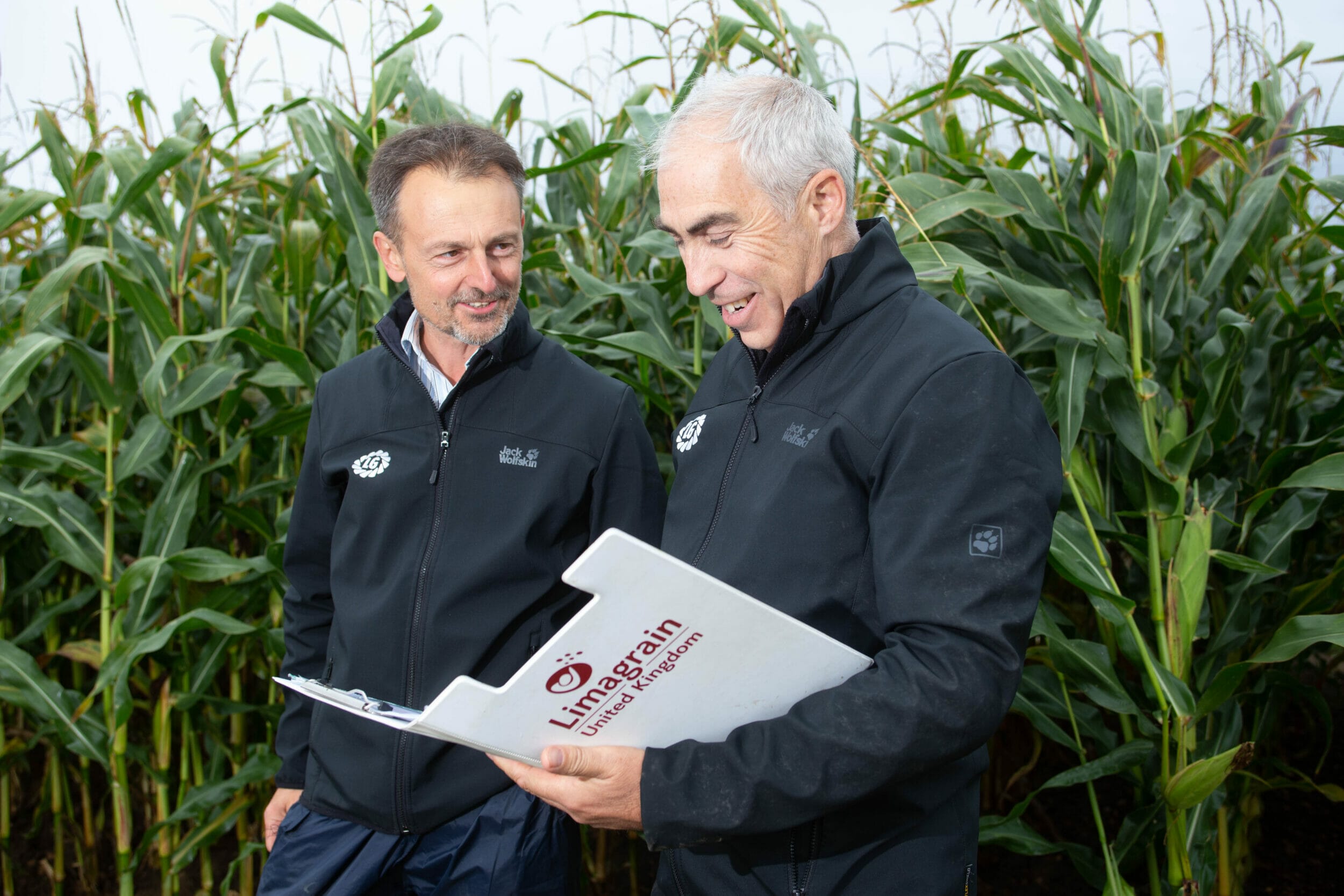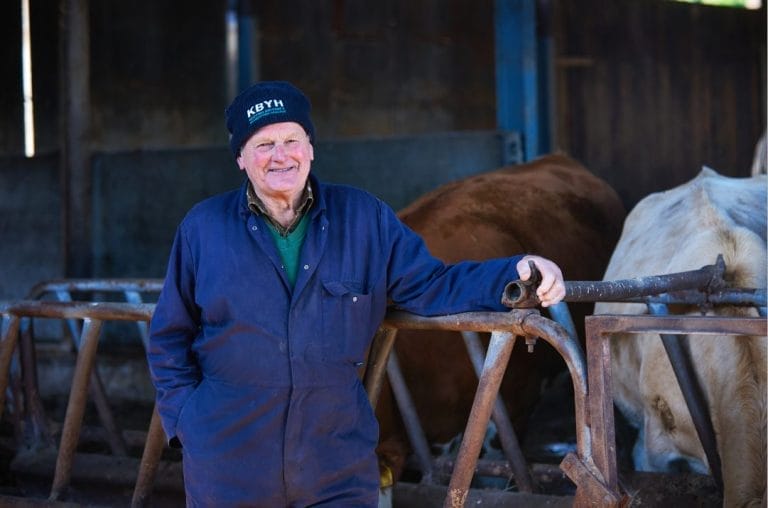
Richard Camplin
Richard Camplin, LG’s technical manager for forages, says making the right decisions regarding variety, site choice, drilling date and seed treatment, will contribute to successful and rapid establishment of the maize plant.
He says this will help the plant quickly reach the critical size when birds will not be able to damage it: “With more traditional chemicals being withdrawn from the market, LG is now looking to the use of biological compounds as an environmentally safe means of increasing the effectiveness of nutrient uptake to promote growth.
“As a result, LG now also offers a new biological seed treatment, Starcover, which is available with most LG maize varieties. Containing a unique combination of a polymer and a biological compound, it has a significant, positive impact on root and plant development.”
The polymer element of the Starcover seed treatment attracts moisture to the seed, allowing a crust to form around it. This changes the environment in which the roots emerge from the germinating seeds and causes a proliferation of root growth, particularly more fibrous roots which are especially effective at sourcing water and nutrients, says Mr Camplin.
He says: “The biological component of Starcover is a plant growth promoting rhizobacteria which colonises roots as they grow and increases availability of soil nutrients, particularly phosphate to the enlarged root mass.

Starcover treated roots on the left
“In 2018 and 2019, we conducted farm-scale trials on almost 40 sites across a wide range of locations in the UK. Results have been very positive, particularly in 2018 when drought stress had a significant impact on crop yield.
“In the trials, Starcover-treated crops developed 18% more roots than untreated plants. Two weeks after drilling, treated plants achieved an average height which was 5.1% higher than the control.
“After five weeks, these plants grew to a height which was 15.4% greater than untreated ones, meaning they were capturing solar energy more efficiently and earlier in the season.
Wet conditions
“In 2018, when crops were drilled in wet conditions, we saw an increase in dry matter [DM] yield of 3-7% in fields drilled with Starcover-treated seed compared to the control. These conditions were very similar to what we expect to encounter this year.”
Mr Camplin suggests the conditions in 2019 were more typical of a British summer and, as a consequence, the yield difference was less pronounced compared to the control. Nevertheless, the trials showed a DM yield increase of 3-4% on average across the sites.
Mr Camplin says using Starcover-treated seed alongside good agronomic practice should promote more rapid crop establishment, helping minimise risk of bird damage.
He says the trial results also showed Starcover promotes more even germination and plant size, which helps encourage the correct development of the planting, so increasing yield potential.
“Even with with the benefits of the Starcover seed dressing, it is still vital for farmers to make the right decisions in relation to variety and site choice and prepare a suitable seedbed and drill with care at the right time and to the right depth.
“Where possible, farmers should choose a field with a southerly aspect which will warm up more quickly in the spring. Prepare a firm seedbed which is not cloddy and has excellent soil to seed contact. Where a farmer is using contractors, it is vital to have a conversation about the timing of drilling, seed rate and drilling depth.
“Monitor the soil temperature at the depth the seed will be placed and only drill when it is a minimum of 8-10degC for at least seven to 10 days. Sowing into warm soils will result in rapid germination and plant growth, reducing opportunities for birds to remove seedlings.
Mr Camplin says: “Seed should not be left lying around on headlands or on the soil surface, as this will inevitably attract birds.”
He refers to the importance of selecting a variety with good early vigour. In those parts of the country where soils are slow to warm up in spring, early vigour and a good early variety are essential.
“Top performing early varieties, such as Glory, Prospect, Pinnacle and Reason, would fit the bill in most areas. For growers in more typical, less marginal areas for maize crops, the new variety Resolute also has exceptional early vigour.
Selection
“Many of these varieties are available with Starcover. To assist in variety selection, Limagrain’s Heat Map tool allows farmers to type in their postcode and find out which maize varieties are suitable for their farm.
“This tool draws on a 13-year dataset from the Met Office to predict the average number of Ontario Heat Units available between April and October across most areas in the UK.
“It then lists the varieties which are appropriate for each farm postcode, allowing the farmer to decide which variety of the relevant maturity fits their needs.”
TOP SEVEN TIPS FOR ENCOURAGING EARLY VIGOUR AND RAPID GROWTH
- Select a suitable field, ideally south or south westerly facing, on free-draining soils which are quicker to warm up in the spring
- Drill into warm soils which have reached a temperature of 8-10degC at the depth of sowing for a minimum of a week
- Create a fine, firm seedbed which is free of clods and compaction, to facilitate good soil to seed contact
- Drill at the right depth for the site conditions; generally a depth of 5-10cm is optimum
- Drill the seed at uniform spacings to promote even germination and growth and consistent canopy closure
- Select the variety with the right maturity for your farm which has good early vigour
- Select seed which is treated with Starcover to boost early growth rates and establishment
Watch to see how Starcover Seed Treatment works…



































